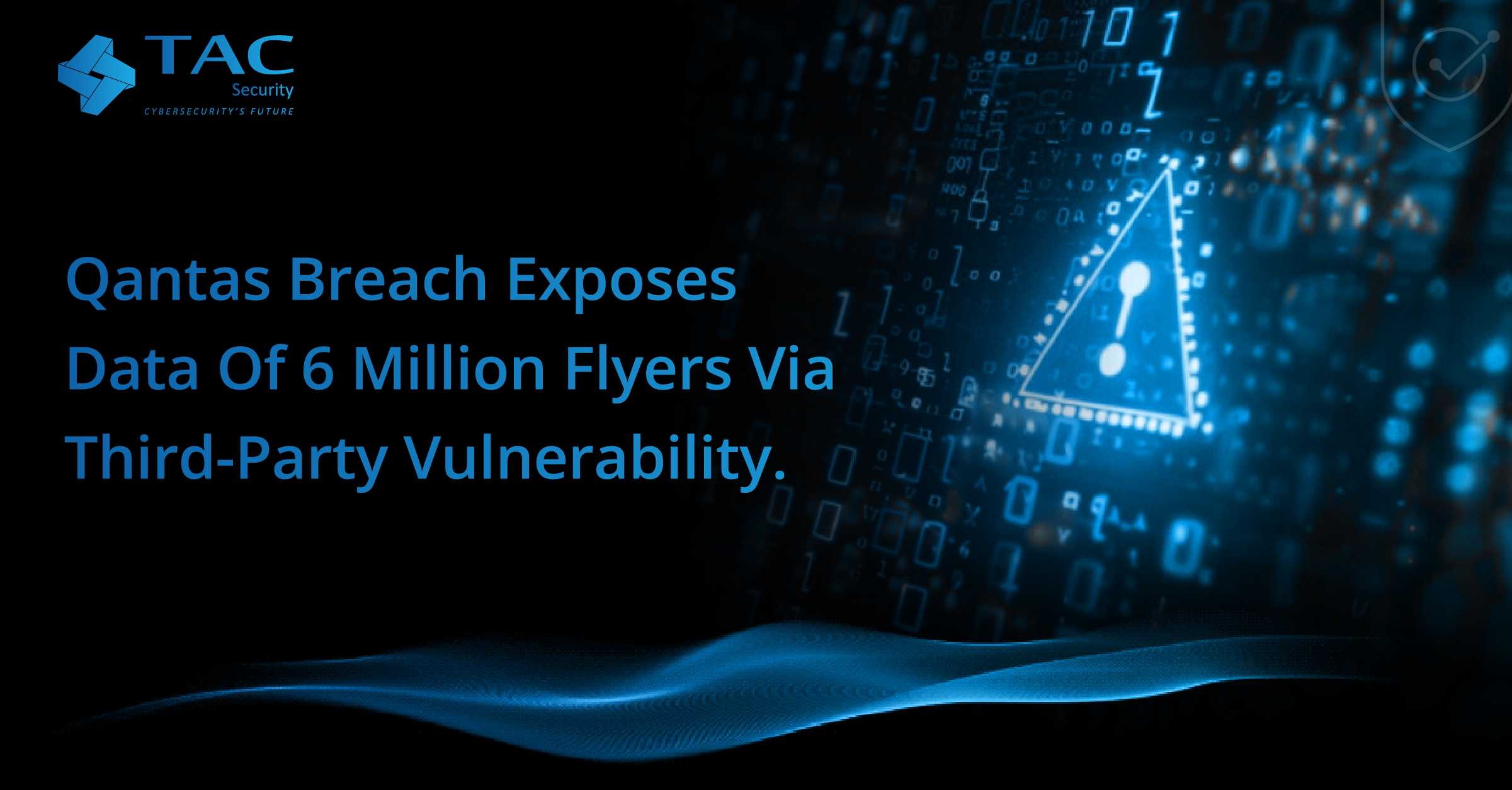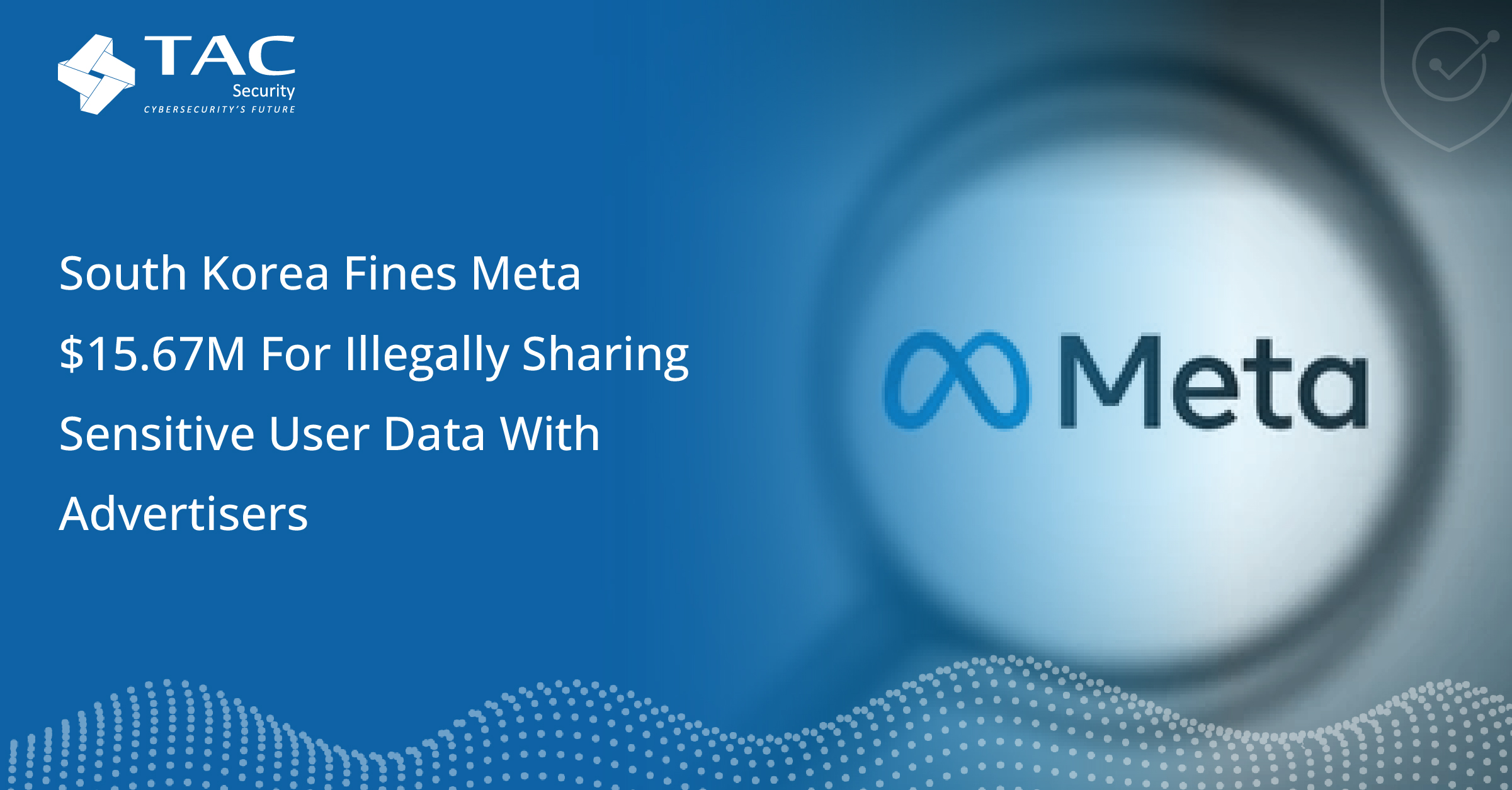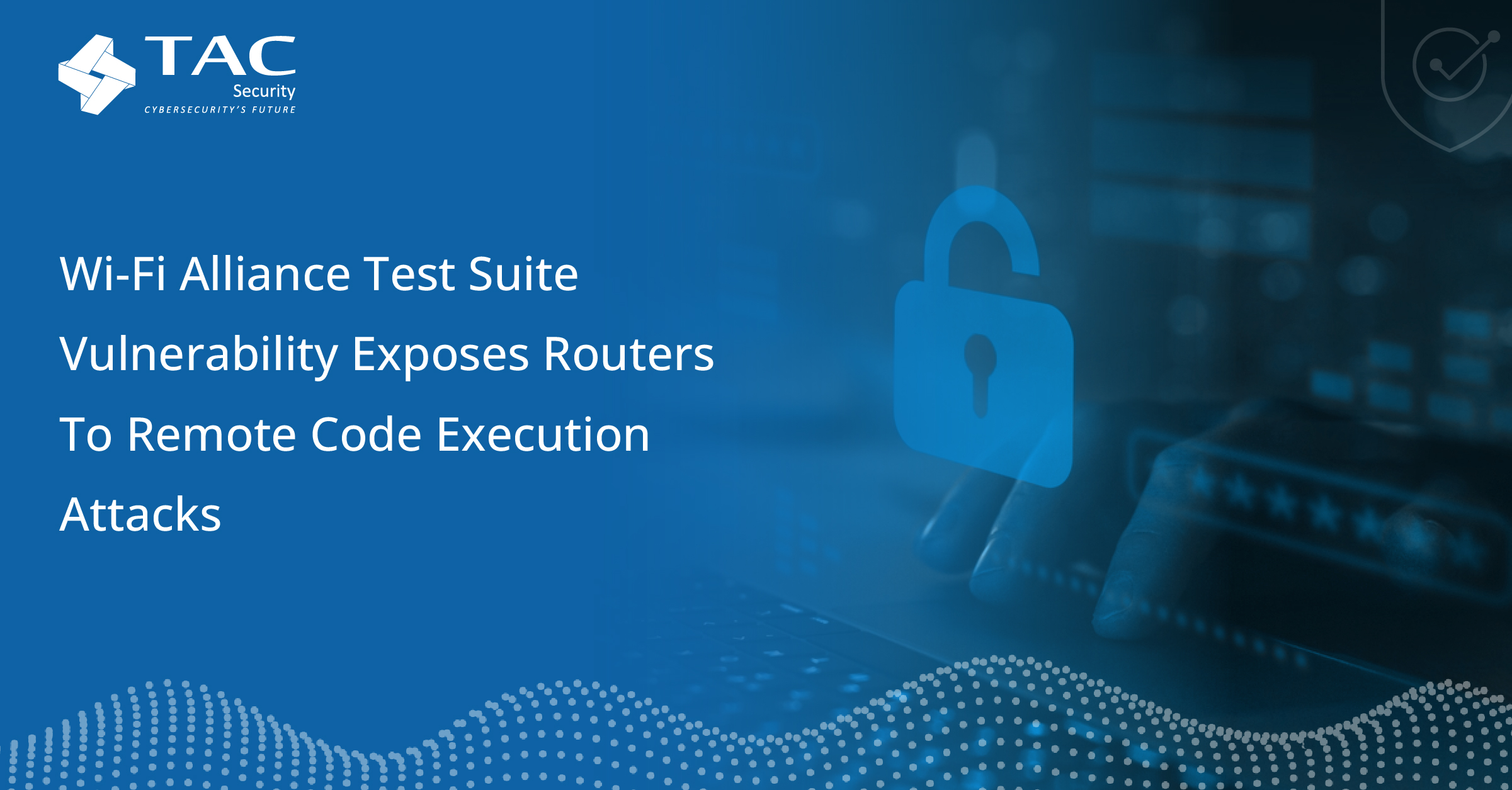
In recent months, a notable escalation in cyberattacks attributed to the Iran-linked cyberespionage group APT34—also known as Earth Simnavaz or OilRig—has raised alarms among government agencies in the Gulf region, particularly the United Arab Emirates (UAE). Researchers from the cybersecurity firm Trend Micro have issued a detailed report highlighting the group’s intensified efforts to exploit vulnerabilities within critical infrastructure and government networks in this geopolitically sensitive area.
Who is APT34?
APT34 is a state-sponsored threat actor with a focus on the Middle East, specifically targeting sectors integral to national security, such as oil and gas. The group has a well-documented history of cyber activities that include not only espionage but also disruption and theft of sensitive data. Their operational methodologies often involve sophisticated tactics, techniques, and procedures (TTPs) designed to bypass standard security protocols and evade detection.
Recent Activity and Tactics
The latest report from Trend Micro outlines a marked increase in APT34’s cyber activities, particularly targeting government entities and related organizations. This uptick signifies an “ongoing commitment” to exploit any and all vulnerabilities within critical systems. Among their recent innovations is a sophisticated backdoor called Stealthook, which facilitates the exfiltration of sensitive credentials, including accounts and passwords. The mechanism for this data theft primarily involves on-premise Microsoft Exchange servers, where attackers send email attachments that can compromise security.
This particular approach not only highlights the group’s technical capabilities but also their strategic focus on accessing and utilizing sensitive information. By leveraging these stolen credentials, APT34 is well-positioned to launch further attacks, potentially engaging in phishing campaigns against additional targets.
Exploitation of Vulnerabilities
Another critical aspect of APT34’s recent operations is their exploitation of the Windows CVE-2024-30088 vulnerability. By using this flaw to escalate privileges within targeted systems, the group demonstrates a capacity for continuous adaptation, a trait that is essential for maintaining the effectiveness of their cyber operations. This adaptability allows them to not only conduct successful intrusions but also enhance the stealthiness of their activities, making them more challenging to detect.
Trend Micro emphasized that the group’s ability to blend malicious actions with normal network traffic is a significant hurdle for traditional security measures. As APT34 employs tactics that resemble legitimate user behavior, the risk of undetected breaches increases, leaving organizations vulnerable to further attacks.
Implications for Gulf Region Security
The implications of these findings are profound for government organizations in the Gulf region. The researchers urge these entities to take the threats posed by APT34 seriously and to bolster their defensive measures. This involves not only enhancing technical defenses but also fostering a culture of cybersecurity awareness within organizations.
Training staff to recognize phishing attempts, conducting regular security assessments, and employing advanced monitoring solutions are vital steps in safeguarding sensitive information and infrastructure. Furthermore, collaboration with international cybersecurity experts and organizations can provide additional resources and insights that enhance local defenses.
Conclusion
As APT34 continues to evolve and adapt its strategies, the potential for disruption and data theft increases. The Gulf region, given its geopolitical significance and critical industries, remains a prime target for such cyber threats. By recognizing the seriousness of these risks and implementing robust security measures, government agencies can better protect themselves from the increasing tide of cyberespionage and maintain the integrity of their operations.
In summary, the rise of APT34’s activities serves as a stark reminder of the ever-evolving landscape of cyber threats. Organizations must remain vigilant and proactive to defend against these sophisticated and persistent adversaries. The time to act is now, as the stakes have never been higher.





